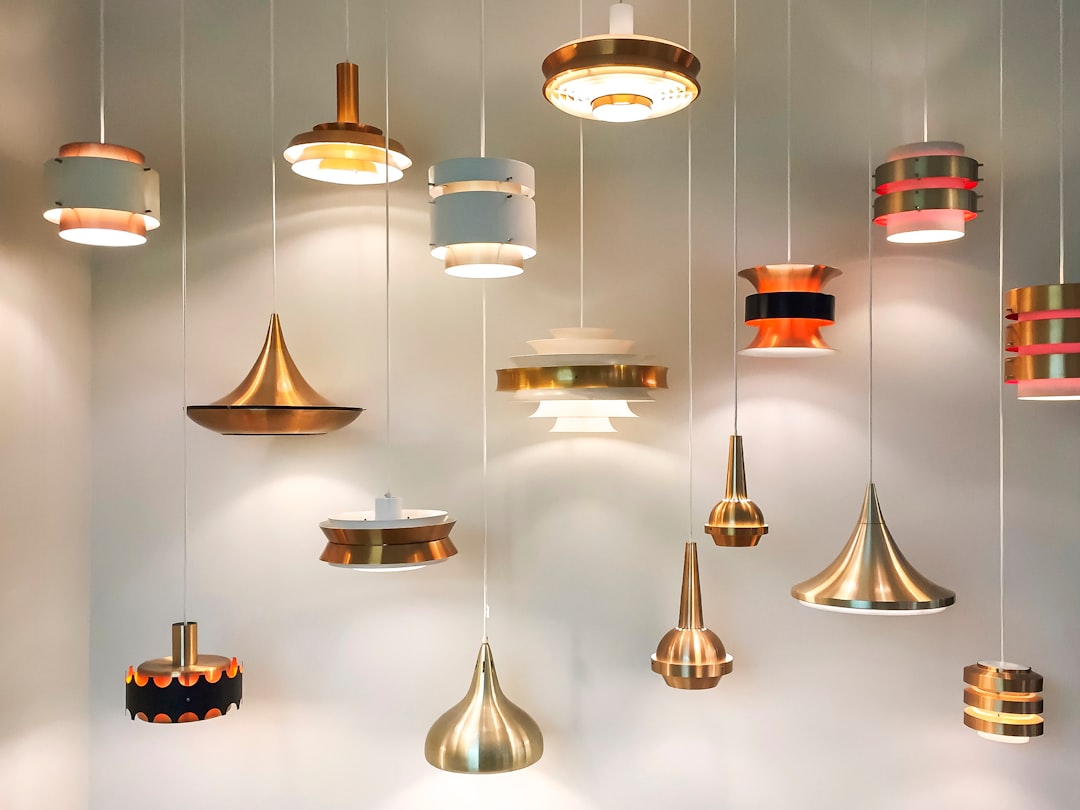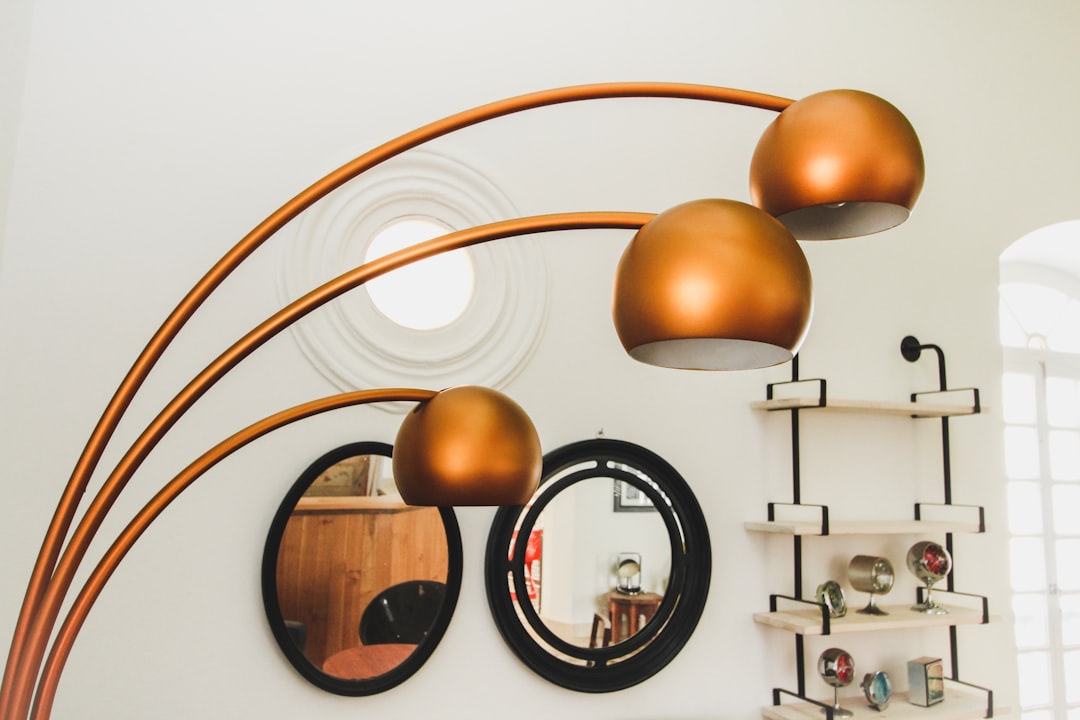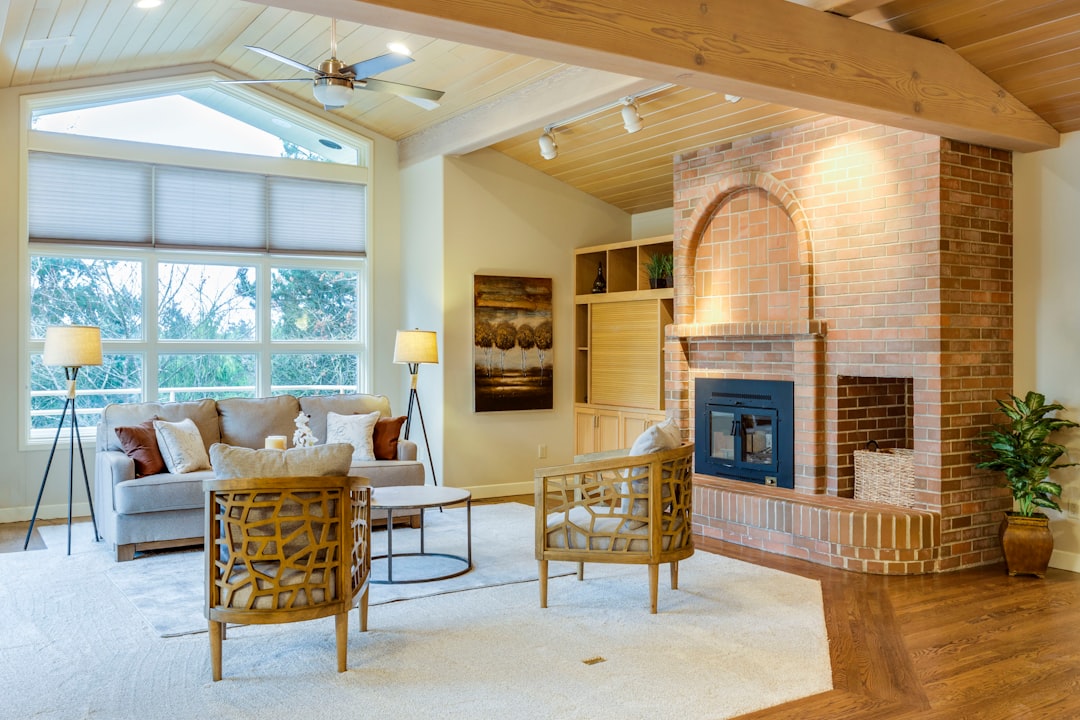Consommation Lampe de Chevet, or bedside lamp consumption, refers to the amount of energy a bedside lamp uses. Bedside lamps are an essential component of any bedroom, providing light for reading, relaxing, and creating a cozy atmosphere. However, they can also consume a significant amount of energy, leading to higher electricity bills and a negative environmental impact.

Therefore, it is essential to understand and optimize bedside lamp consumption to reduce energy usage and save money. This article provides a comprehensive exploration of Consommation Lampe de Chevet, covering various aspects such as types of lamps, energy efficiency, and practical tips for reducing consumption.
Types of Bedside Lamps
There are several types of bedside lamps available in the market, including table lamps, wall-mounted lamps, floor lamps, and clip-on lamps. Table lamps are the most common type of bedside lamp, and they come in various sizes, shapes, and designs. Wall-mounted lamps are a space-saving option that can be installed directly on the wall. Floor lamps are a great choice for larger bedrooms, while clip-on lamps can be attached to the headboard or a nearby shelf.
Different types and pros and cons.
Table lamps are versatile and can be moved around, while wall-mounted lamps save space and provide a modern look. Floor lamps can provide additional lighting to the room, while clip-on lamps are perfect for small spaces. When it comes to energy efficiency, table lamps and wall-mounted lamps are the most efficient, while floor lamps and clip-on lamps consume more energy.
Energy Efficiency and Bedside Lamps
Measurement of energy efficiency.
In the case of bedside lamps, energy efficiency refers to the amount of energy used to produce light. Energy-efficient bedside lamps consume less energy, which translates to lower electricity bills and a reduced carbon footprint.
Several factors affect the energy efficiency of bedside lamps, including the type of bulb used, the wattage of the bulb, and the design of the lamp. LED bulbs are the most energy-efficient option, consuming up to 80% less energy than traditional incandescent bulbs. The wattage of the bulb also affects energy consumption, with lower-wattage bulbs consuming less energy. The design of the lamp can also impact energy efficiency, with lamps that use shades or diffusers consuming less energy than those without.

When choosing energy-efficient bedside lamps, look for lamps that use LED bulbs or low-wattage bulbs. Lamps with shades or diffusers are also a great option as they reduce glare and distribute light more evenly.
Practical Tips for Reducing Bedside Lamp Consumption
Reducing bedside lamp consumption is not only good for the environment but also for your wallet. Here are some practical tips for reducing consumption:
- Use energy-efficient bulbs such as LED bulbs or low-wattage bulbs.
- Turn off the lamp when not in use.
- Use a timer or a smart plug to turn off the lamp automatically.
- Use a lamp with a dimmer switch to adjust the brightness according to your needs.
- Use sunlight in the day by opening curtains or blinds.
- Use a lamp with a touch sensor or a motion sensor to turn on and off the lamp easily.
Conclusion
Understanding and optimizing bedside lamp consumption is essential for reducing energy usage and saving money. By choosing energy-efficient lamps, using practical tips for reducing consumption, and optimizing natural light, you can reduce your carbon footprint and lower your electricity bills.

When aménager une petite chambre, consider using space-saving options such as wall-mounted lamps or clip-on lamps to reduce energy consumption. Remember, small changes can make a big difference in the long run. For more Web development